
Understanding Ski Gear: What are Ski Sticks Called?
September 8, 2024 | Ski Equipment
ℹ️ Ski sticks are in fact called ski poles and they play an important role in the balance and rhythm of skiing. Read on below to find out more!
The Purpose and Utility of Ski Poles
Ski poles, a critical piece of skiing equipment, fulfill numerous functions in winter sports. Ski poles provide stability during downhill runs, assist in propulsion on flat terrains, and aid in performing advanced skiing techniques. Ski poles, typically crafted from robust, lightweight materials like aluminum or bamboo, are designed to endure the harsh conditions of winter sports while minimizing interference with the skier’s movements. The design of ski poles is meticulously tailored to skiing needs. The pointed tip of the ski poles penetrates the snow, the grip ensures a firm hold, and the basket prevents the ski poles from sinking too deeply into the snow. This configuration enhances the skier’s control and efficiency on the slopes. Advanced techniques, such as carving turns, heavily rely on ski poles as pivot points for precise body movements. Ski poles are not only functional but also contribute significantly to safety in winter sports. Ski poles can be used to gauge the depth of the snow, particularly in off-piste areas prone to avalanches. Furthermore, in the event of a fall, ski poles can be used to right oneself or signal for assistance.
Do You Really Need Ski Poles?
The necessity of ski poles often sparks debate among skiing enthusiasts. Proponents argue that ski poles, as a piece of skiing equipment, are indispensable for maintaining balance and rhythm, particularly during faster and downhill skiing. Ski poles facilitate better weight distribution and help skiers maintain a consistent speed. Moreover, on flat or uphill terrains, ski poles can be used to propel the skier forward. Contrarily, certain styles of skiing, such as park skiing and some other forms of freestyle skiing, do not necessitate the use of ski poles. Some skiers also choose to ski without poles to practice and enhance their balance and core strength or to focus on honing specific techniques. Ultimately, the use of ski poles is subjective, depending on the skier’s preference, skill level, and the type of skiing they are engaged in.

Why Don’t Beginners Use Ski Poles?
Beginners often commence their skiing journey without ski poles. This approach allows them to concentrate on mastering the rudimentary aspects of skiing. These include balance, body positioning, and basic turning techniques. By focusing on these fundamentals initially, beginners can establish a solid foundation for more advanced skills. Ski poles can, at times, prove to be a hindrance for beginners. They might rely excessively on them for balance instead of learning to distribute their weight appropriately on their skis. Additionally, ski poles can pose a safety risk for novices who are not yet proficient at controlling their equipment. Once beginners have gained confidence and demonstrated proficiency in their skiing skills, they can then learn to incorporate ski poles into their technique. This gradual introduction of ski poles ensures that beginners do not become overly reliant on them and can focus on improving their overall skiing skills.

Mastering the Use of Ski Poles
Ski poles are a fundamental part of the skiing equipment, playing a pivotal role in winter sports. Their importance goes beyond merely holding and swinging. Ski poles have a significant role in maintaining balance, executing precise turns, propelling forward, and navigating various terrains. Therefore, mastery of ski poles is a critical aspect of becoming an expert skier. Different skiing styles require different techniques of using ski poles. In alpine skiing, they are primarily used for timing and rhythm, while in cross-country skiing, they serve as a primary source of propulsion. Understanding the role of ski poles in different skiing styles is crucial for mastering their use. Furthermore, it is essential to comprehend the correct way to hold and swing the poles, ensuring maximum efficiency and safety. Ski poles, often made of lightweight, durable materials like bamboo, also play a significant role in maintaining a skier’s balance. They act as a counterbalance during turns and help distribute the skier’s weight evenly. Moreover, ski poles are used to gauge the snow’s depth and condition, providing valuable information that can significantly impact the skier’s strategy and performance.
Using Ski Poles for Balance and Turns
Ski poles are essential for balance and executing turns in skiing. When used correctly, ski poles can significantly enhance a skier’s stability, especially during turns. They act as a third point of contact with the snow, providing additional support and balance. This is particularly useful when skiing on uneven terrain or making sharp turns. During a turn, the ski pole should be planted in the snow towards the direction of the turn. This provides a pivot point around which the skier can rotate, allowing for more precise and controlled turns. The timing of the pole plant is crucial – it should coincide with the initiation of the turn. Incorrect timing can lead to imbalance and potentially cause falls. Moreover, ski poles help skiers maintain their balance by acting as a counterbalance during turns. As the skier leans into the turn, the ski pole on the outside of the turn helps maintain balance by counteracting the skier’s weight shift. This is particularly important when skiing at high speeds or on steep slopes, where maintaining balance can be challenging.
How to Achieve Balance, Rhythm, Accuracy, Timing and Support
Achieving balance, rhythm, accuracy, timing, and support in skiing is a complex process that involves the coordinated use of various skiing equipment, including ski poles. Balance is primarily achieved through the correct body posture and the effective use of ski poles as a balancing aid. Ski poles help distribute the skier’s weight evenly, preventing skiers from leaning too far forward or backward. Rhythm in skiing is often linked with the coordinated movement of the skier and their ski poles. Skiers use their poles to establish a rhythm, especially during turns. The pole plant marks the beginning of each turn, setting the rhythm for the skier’s movement. Consistent rhythm allows for smoother turns and better overall performance. Accuracy and timing are closely related in skiing. Accurate pole plants, timed with the initiation of each turn, allow for precise turns and better control. Mis-timed pole plants can throw off the skier’s rhythm, leading to inaccurate turns and potential falls. Therefore, practicing the timing of pole plants is crucial for improving accuracy in turns. Finally, ski poles provide support, acting as a third point of contact with the snow. They help skiers navigate uneven terrain, provide propulsion in cross-country skiing, and aid in maintaining balance. Therefore, mastering the use of ski poles is crucial for achieving balance, rhythm, accuracy, timing, and support in skiing.
Choosing the Right Ski Poles
Selecting the appropriate ski poles is a critical aspect of your winter sports equipment. The correct ski poles can enhance your balance, rhythm, and timing, while incorrect ones can impede your performance and potentially lead to injuries. The selection process necessitates considering factors such as pole length, material, grip, and basket size. It’s also essential to consider the type of skiing you’ll be undertaking; different styles require different ski poles. The length of the ski pole is of paramount importance. If the pole is excessively long, it can cause you to lean back, negatively affecting your balance and control. Conversely, a pole that is too short may cause you to lean forward, which can disrupt your balance. A straightforward method to determine the appropriate length is to invert the pole, grasp the pole directly beneath the basket, and have your elbow bent at a 90-degree angle. If the pole is the correct length, your forearm should be parallel to the ground. The material of the ski pole also plays a significant role in its performance. Aluminum and composite are the two most common materials used. Aluminum poles, durable and less expensive, make them a popular choice for beginners. Conversely, composite poles, composed of a mixture of carbon and other materials, are lighter and absorb shock better, making them ideal for experienced skiers. Bamboo ski poles are another option, offering a unique combination of strength, flexibility, and lightweight.
What Size Ski Poles Do I Need?
Determining the correct ski pole size is essential for optimal performance and safety in winter sports. An incorrectly sized pole can negatively impact your skiing technique and lead to potential injuries. The most common method to determine the right size is the elbow method mentioned earlier. However, this method is not foolproof, and other factors such as your height, skiing style, and personal preference should also be considered. If you’re an alpine skier, your ski poles should reach from the ground to your armpit when standing in your ski boots. For Nordic skiing, the poles should reach your shoulder. Freestyle skiers often prefer shorter poles, while backcountry skiers might opt for longer ones for better balance and support in deep snow. Remember that these are general guidelines and not strict rules. Personal preference plays a significant role in choosing the right size ski poles. Some skiers might prefer longer poles for more leverage during turns, while others might prefer shorter ones for better control. It’s best to try different sizes and see what feels most comfortable and enhances your skiing performance.
When Should Kids Get Ski Poles?
Introducing ski poles to children is a significant step in their winter sports journey. However, it’s crucial to introduce them at the right time to ensure safety and enhance their learning experience. Generally, children are introduced to ski poles once they have mastered basic skiing techniques such as turning and stopping without the aid of poles. Introducing ski poles too early can be counterproductive as children might rely on them too much, hindering their ability to learn essential winter sports skills. Furthermore, managing poles can be challenging for younger children, leading to potential accidents and injuries. Therefore, it’s best to wait until the child is comfortable skiing without poles before introducing them. The size of the ski poles is also crucial. Just like adults, children need to use the right size poles for optimal performance and safety. The pole should reach the child’s armpit when standing in ski boots. However, remember that children grow quickly, so it’s essential to check the pole size regularly to ensure it’s still the right size. In conclusion, introducing ski poles to children should be a carefully considered decision based on their skill level and physical capabilities. It’s always best to consult with a winter sports professional or ski instructor before making the decision.

Digging Deeper into Ski Poles
Ski poles are an essential component of skiing equipment, playing a pivotal role in winter sports. These poles are not mere accessories but are crucial for maintaining balance, rhythm, and speed during skiing. The evolution of ski pole design has seen the use of advanced materials such as aluminum, carbon fiber, and composite blends to ensure strength, durability, and lightweight features. The length of the ski pole is also of paramount importance as it directly influences the skier’s stance and balance. This length is typically determined by the skier’s height and the type of skiing. The selection of ski poles also hinges on factors such as the skier’s skill level and the terrain. For instance, racing poles are distinctly designed from backcountry poles to cater to the specific needs of the activity. Some ski poles come equipped with additional features such as adjustable lengths and detachable baskets, offering versatility in diverse snow conditions.
Parts of a Ski Pole: Grips, Straps, Shafts, Tips, Baskets
The grip, located at the top of the ski pole, is designed for a comfortable hold and is typically made of rubber or plastic. Some grips feature ergonomic designs to minimize hand fatigue and provide a superior grip. The strap attached to the grip aids in securing the pole to the skier’s wrist, preventing loss during a fall. The shaft, the long and slender part of the pole, determines its overall length. It is usually constructed from lightweight, durable materials such as aluminum or carbon fiber. The tip, situated at the opposite end of the grip, is pointed and made from hard materials like steel or carbide to penetrate the snow. The basket, attached near the tip of the pole, prevents the pole from sinking too deep into the snow. The size and shape of the basket can vary depending on the snow conditions. Larger, round baskets are generally used in powder snow, while smaller, more streamlined baskets are favored for groomed trails.

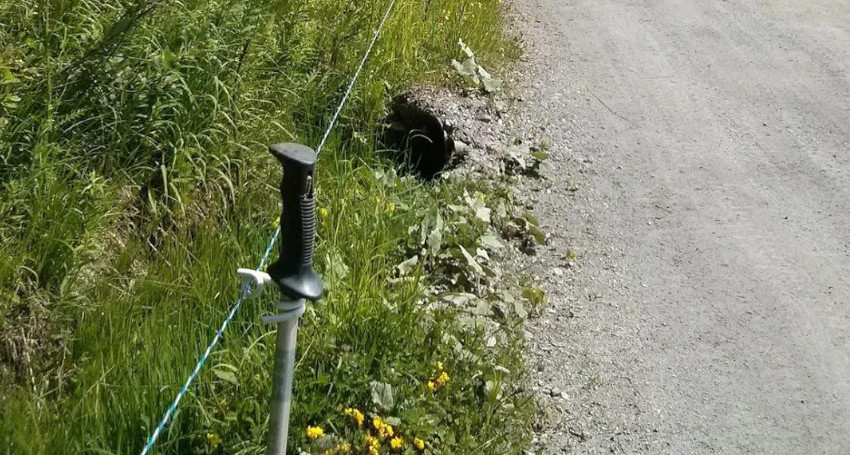
Other Uses for Ski Poles
Ski poles serve multiple functions beyond aiding in skiing. They can be utilized as walking sticks during uphill climbs or snow treks. The pointed tips provide a firm hold on icy surfaces, while the baskets prevent them from sinking into the snow. In emergencies, ski poles can be employed as makeshift splints to immobilize broken limbs. They can also be used to probe the snow’s depth in potential avalanche areas or to locate buried objects or people in the snow. Ski poles can also be innovatively used as monopods for cameras or as supports for a temporary shelter. By attaching a cloth or tarp between two ski poles, one can create a simple but effective barrier against wind or snow. In conclusion, ski poles are versatile tools that extend beyond their traditional role in skiing. Understanding their parts and potential uses can greatly enhance the outdoor experience.
More Posts
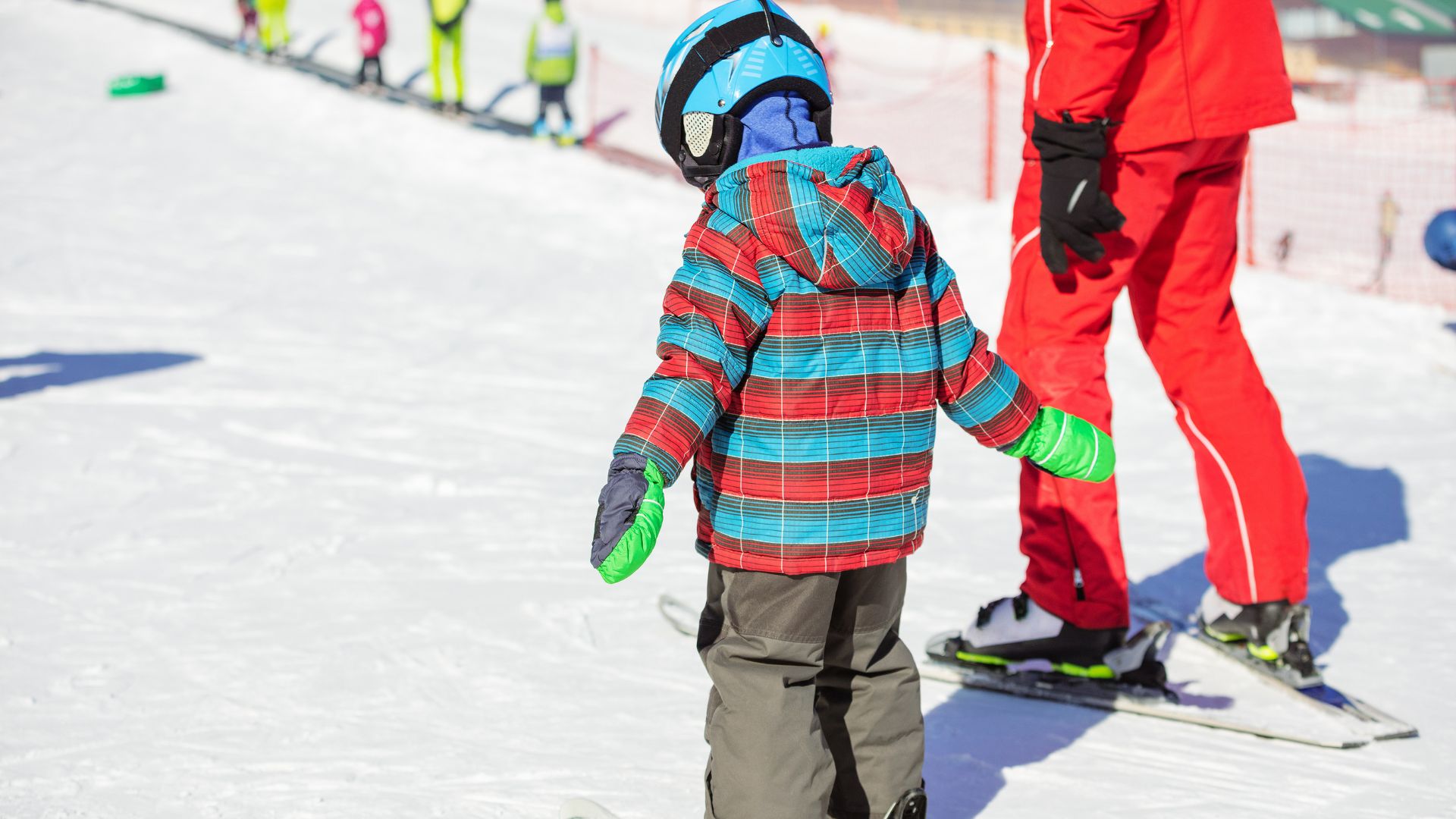
How to Teach Kids to Ski: A Complete Parent’s Guide
Skiing is a magical winter sport that can bring families closer together and create lifelong...
read More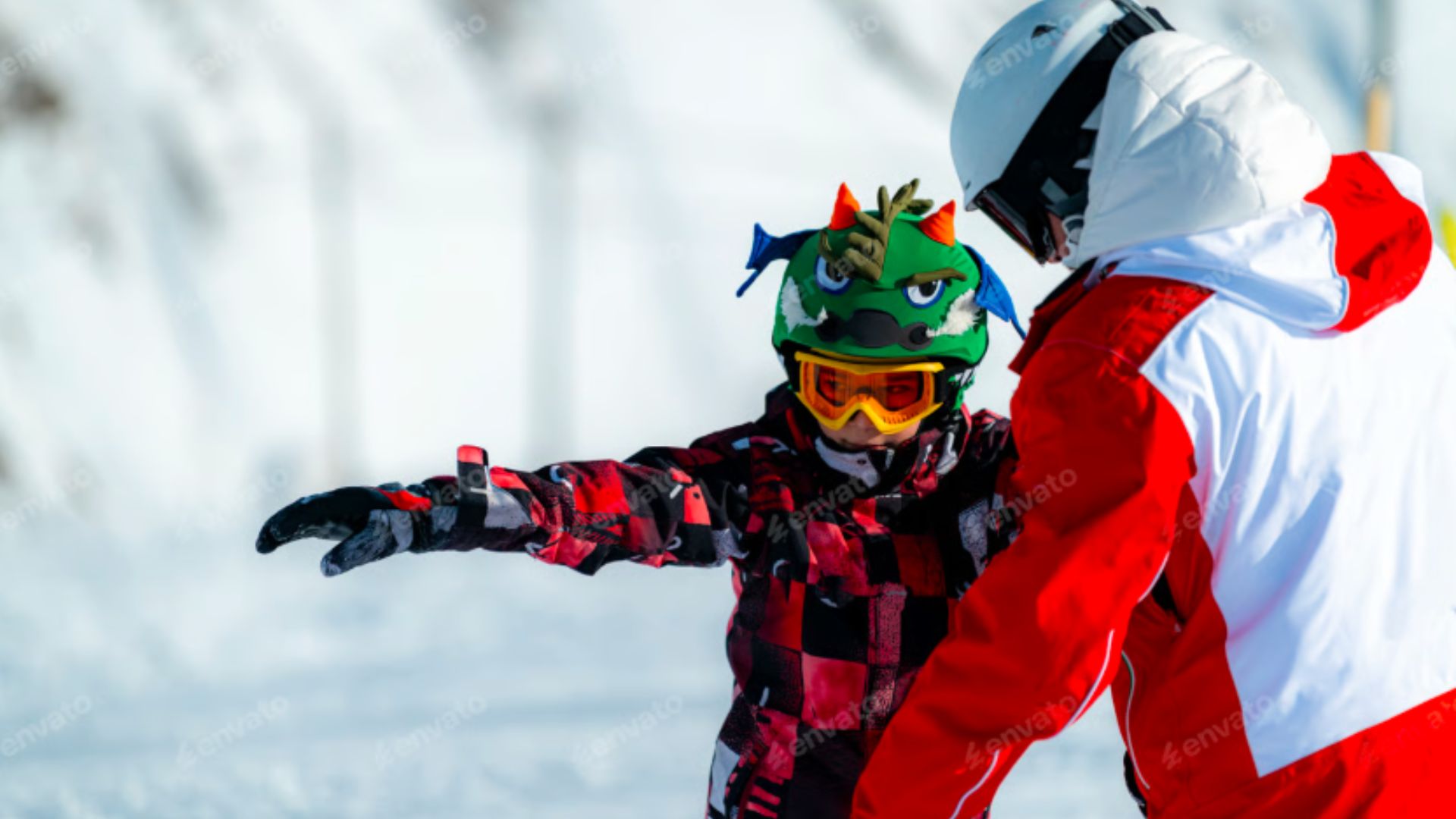
Ski Teaching Techniques: Mastering the Art of Ski Instruction
Teaching skiing is more than guiding someone down a slope—it’s about using ski teaching techniques...
read More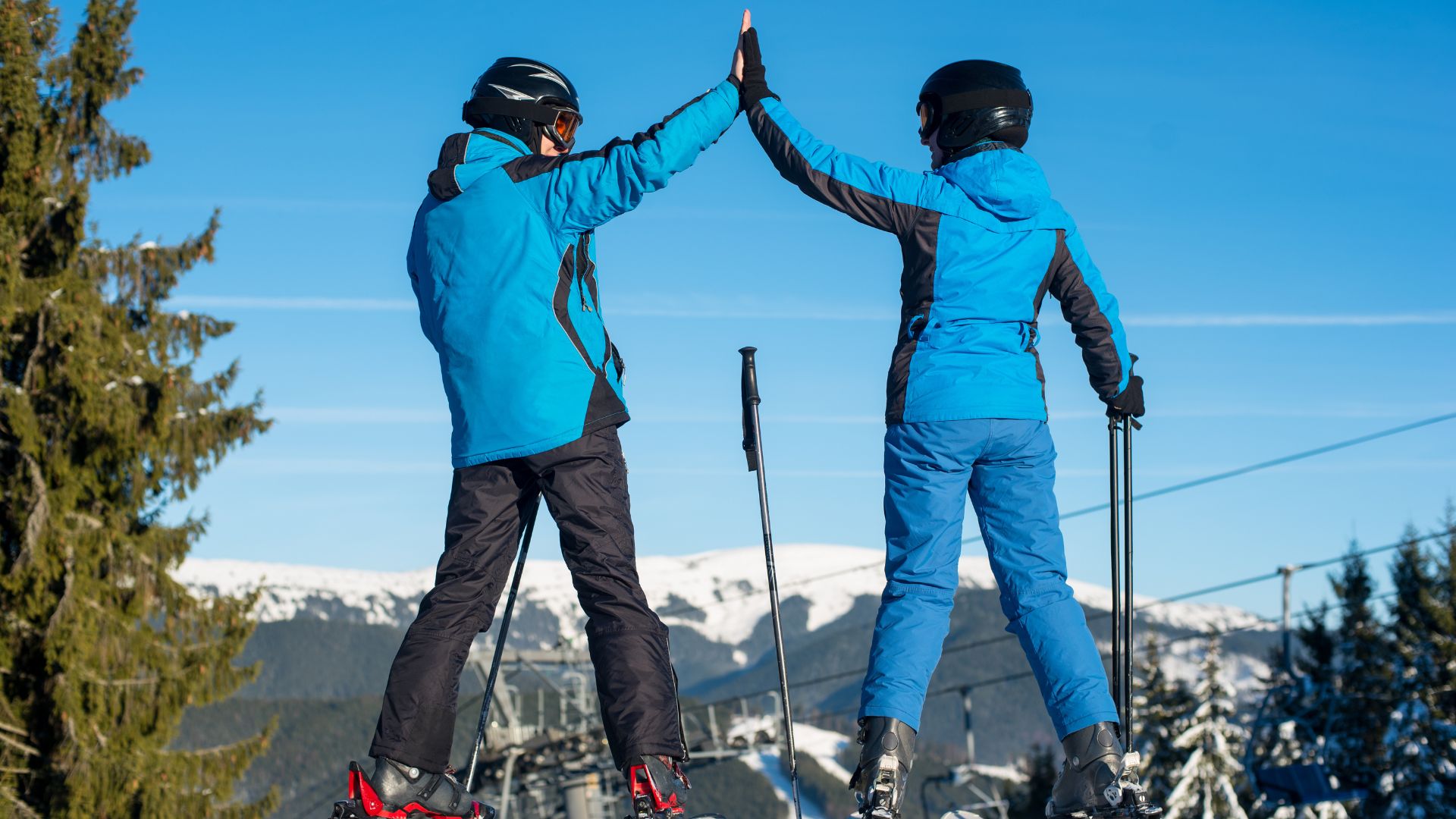
How to Become a Private Ski Instructor and Build Your Career on the Slopes
If you’ve ever dreamed of turning your passion for skiing into a career, you’ve probably...
read More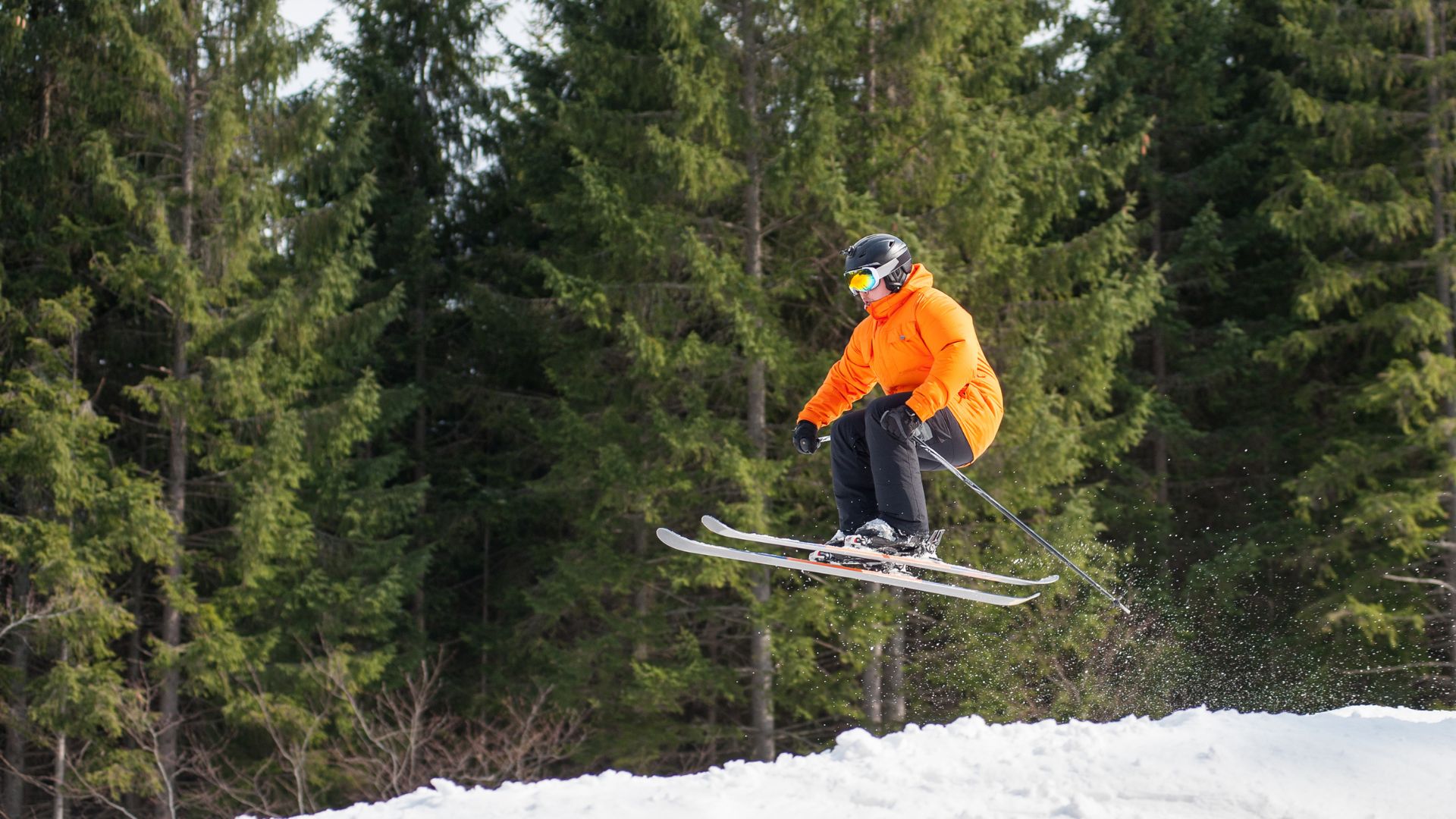
Where Can I Learn to Ski Jump: Lessons, Schools, and Tips
If you’ve ever watched athletes soar gracefully off a ski jump and wondered, where can...
read More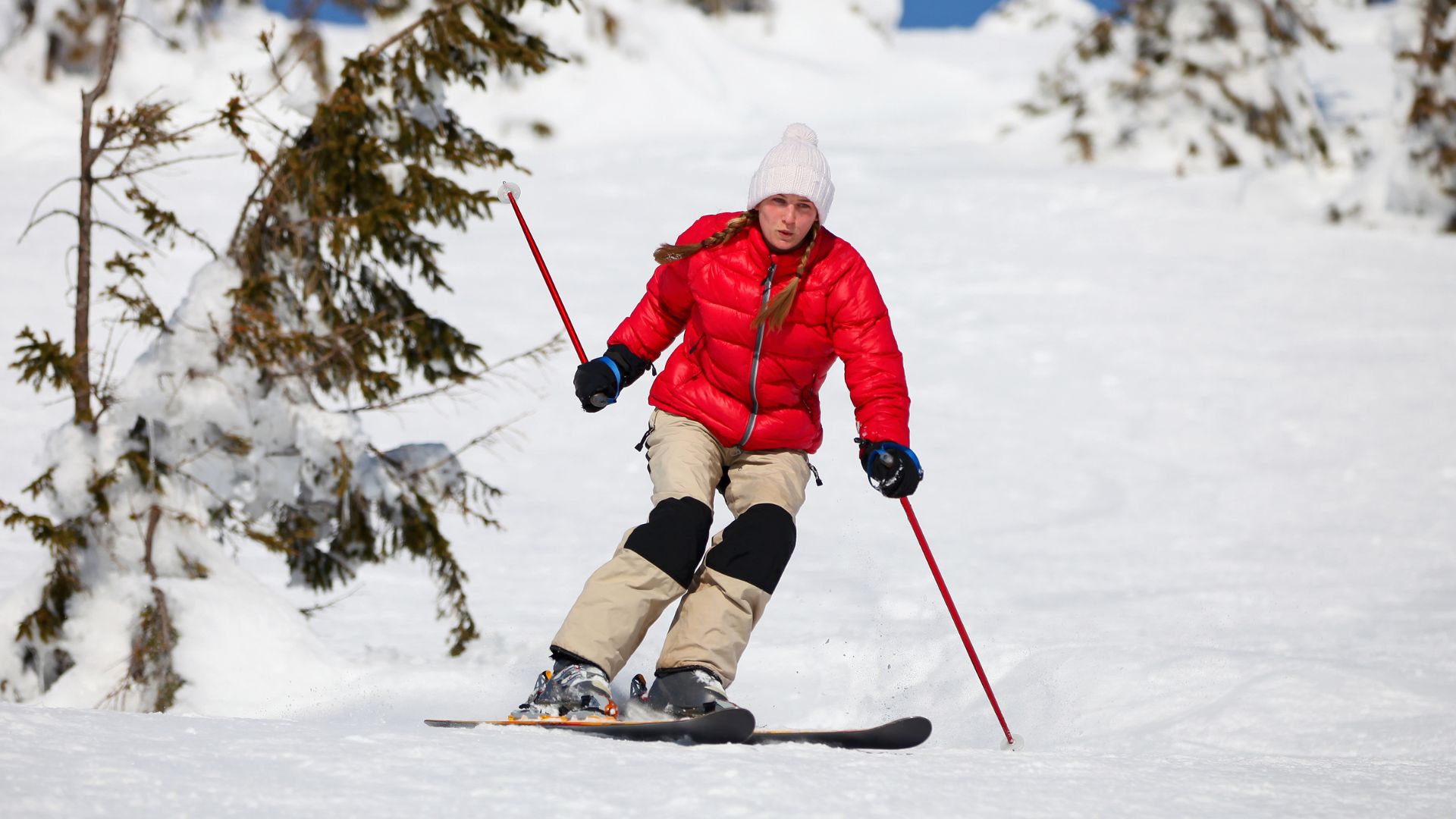
Skiing Safety Tips for Beginners: A Complete Guide to Staying Safe on the Slopes
If you’re new to skiing, the excitement of hitting the slopes can quickly turn overwhelming...
read More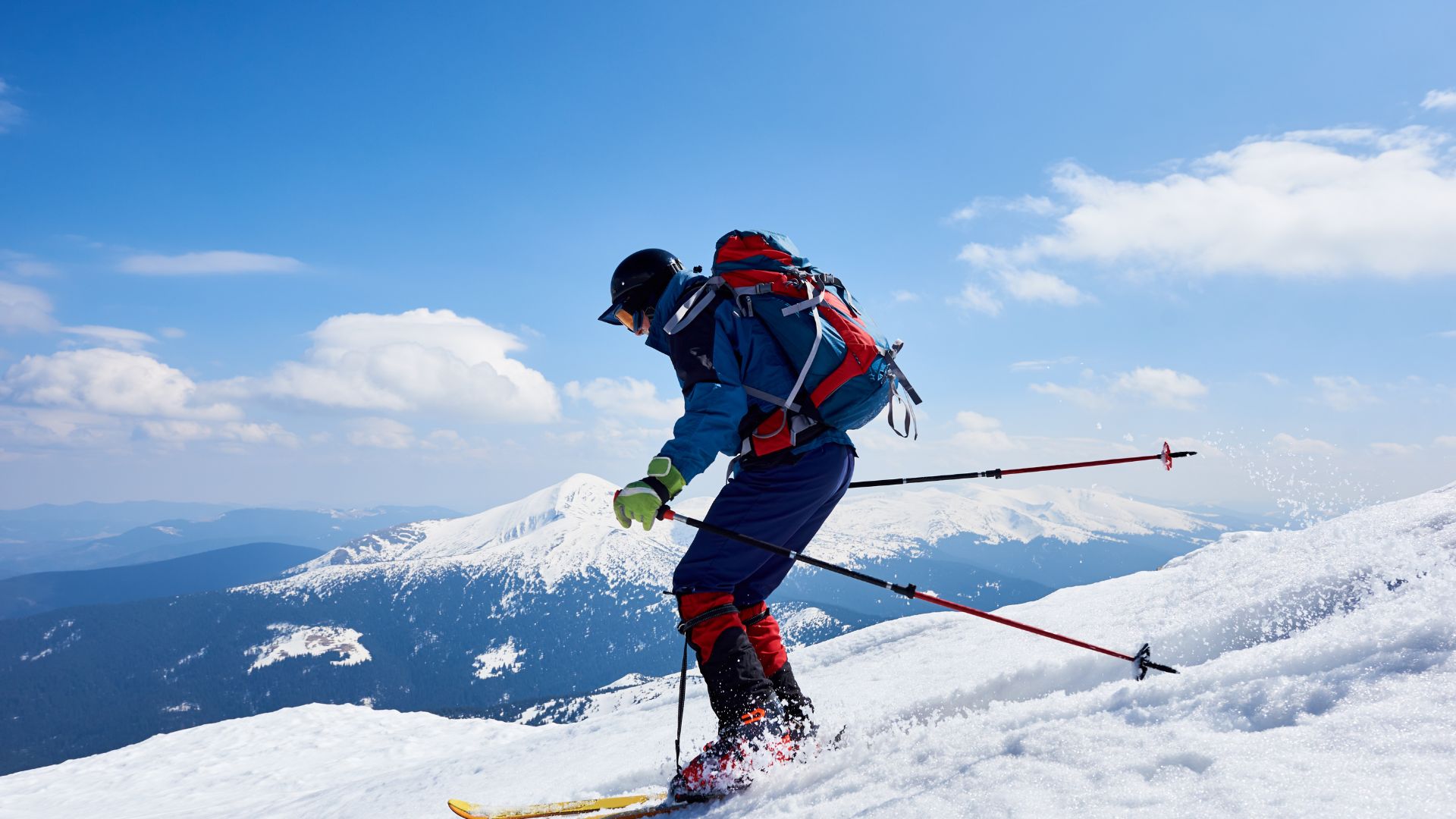
Off Piste Ski Training: Master Backcountry Skiing
Off piste ski training is essential for anyone wishing to elevate their skiing skills beyond...
read More